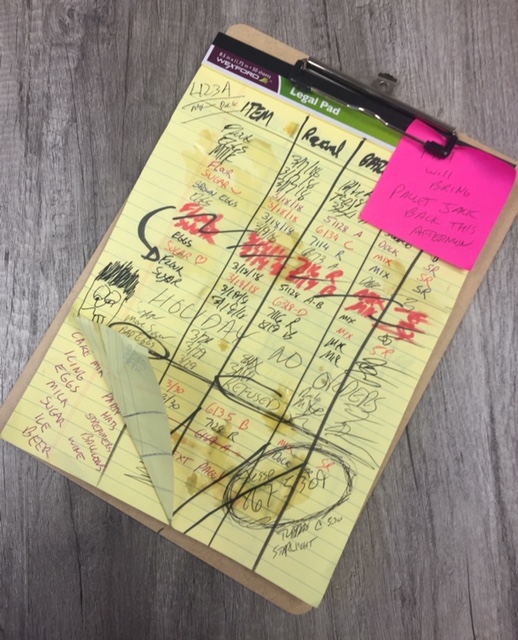Reporting is the first step on this journey with Data Hierarchy for several reasons. Reporting is the “what happened?” part of looking at your business.
If a company doesn’t track and understand “what happened” then how would they implement Artificial Intelligence to give them suggestions on data? Better yet…how do you file your taxes without some kind of basic reporting? If you’re going to start making data driven decisions, you need to have data…good data.
Reporting takes on all kinds of forms. The key is to have it in a format that is viable. Notice the word “viable”? That was intentional, the definition of Viable is as follows:
Viable: vi·a·ble /ˈvīəb(ə)l / adjective “capable of working successfully; feasible.”
If your reporting is a color coded spreadsheet in excel with abbreviations for fields that only make sense to you and the other person who uses it…you barely have reporting. Arguably color coding is as effective as a wall covered in handwritten post it notes. (please don’t be “that guy”)

Remember, the long term goal is to have your data work for you, not you work for your data. So your reporting data needs to be in a format that is easily understood by others and computers alike.
There is no shortage of software to make reporting work. The number one problem people run into is cross platform reporting. Which can be easier to fix than you think.
If you’ve got one platform for sales, another for orders, and yet another for payments…oh and the one for accounting. You may have given up trying to find a single system that does it all. Don’t worry, you’re not alone.
You’re actually in the majority with that problem. So much so other companies saw a need to fix that, and they did! These platforms take some skill to connect them but that’s part of the setup process.
Once you have connected all your data inputs into a Viable data set you can do amazing things.

Also is your data accurate? Do you have a system that requires a data field to be entered every single time? Do you have a (lazy) sales person who is putting “asjkdjkldfshjkfadsjkhasdfjklhsdf” in a vital field out of frustration and lack of understanding?
Educating your team(s) that data, good information or bad information, being accurate is vital to being able to fix problems for everyone. If your data is all smoke and mirrors you’ll never be able to do anything of value with it.
Going forward you’ll be able to quickly jump back to the previous segments by following the hyperlinks below.
